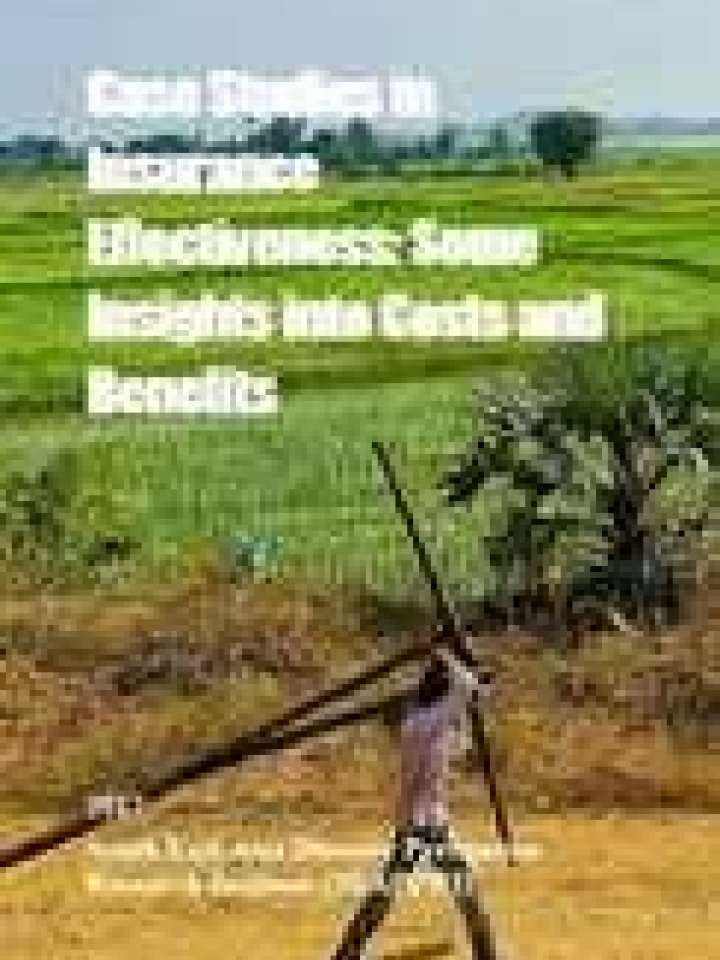Case studies in insurance effectiveness: Some insights into costs and benefits
This report is an outcome of the research carried out in the second year of the APN-funded project on Assessing Community Risk Insurance Initiatives and Identifying Enabling Policy and Institutional Factors for Maximizing Climate Change adaptation and disaster risk reduction benefits from risk insurance.
The report presents case studies from Australia, India, Japan, Malaysia, and Philippines driving costs and benefits accrued to communities for participating in the risk insurance, especially agricultural insurance. The project has quantified the cost-benefit ratio of risk insurance in these project countries wherein a beneficial ratio was observed throughout.
The results suggest that in cases where catastrophic events occur annually, crop production without crop insurance is still financially profitable as can be seen from NPV greater than zero and BCR greater than 1. Availing crop insurance will increase the financial profitability of crop production since farmers with insurance have higher NPV and BCR compared with farmers without insurance. The highest BCR was found in Malaysia where the flood insurance can have as much as 9.57 BCR based on a single year flood loss and insurance premium paid. In the case of Japan, the benefit-cost ratio of being insured can range between 1.3 to 2.1 depending on the area insured and the number of years of premium paid before the loss was incurred due to natural disasters.
Explore further
